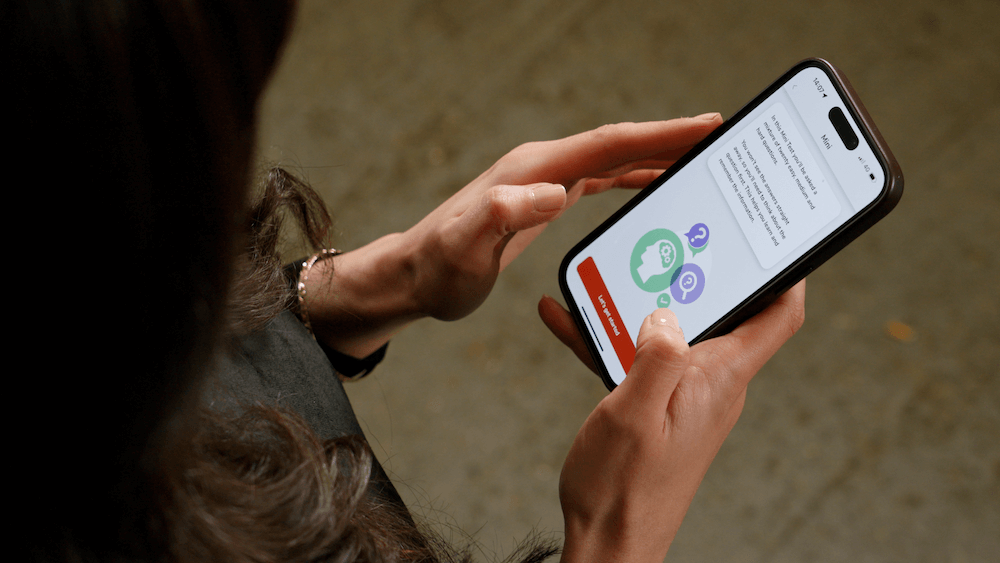


What is the Hazard Perception test?
The Hazard Perception Test is a part of the driving theory test designed to assess a driver’s ability to identify and respond to potential hazards while driving. It’s a key component for obtaining a driver’s license. By practising hazard perception, learners are better prepared to handle real-world driving situations, reducing the risk of accidents.
This test is taken on a computer at a test centre, and it’s part of the overall theory test, which also includes multiple-choice questions on the rules of the road.
The Learn To Drive With RED app allows you to practice your hazard perception skills with multiple video clips and prepare for your theory test.


How the Hazard Perception test works:
The test consists of a series of video clips (usually 14-20) that simulate real driving situations. Each clip is around 1 minute long and contains at least one developing hazard, with one clip having two developing hazards. A developing hazard is something that may cause the driver to change speed or direction.
These can vary widely, but common examples include:


What score do I need to pass the hazard perception test?
The test is scored based on how quickly you respond to developing hazards. You can earn up to five points for each correctly identified danger, with the maximum possible score being 75 points. The faster you respond, the higher your score. Missing hazards, responding too late, or clicking excessively without reason can reduce your score.
To pass the test, you must achieve a minimum of 44 out of 75 points. This ensures that you can identify risks quickly and take appropriate action, as expected in real driving conditions.


How to prepare for the hazard perception test?
The test is worth 50% of the total theory test, which means preparation is important. Practising will help familiarise you with what to expect on the day and improve your reaction times.
In the test, each of the 14 clips contains at least one developing hazard. To prepare, it’s important to:


Learning to drive efficiently is being able to monitor and track your progress to test success. The Learn To Drive With RED app is a practical and theory-driving app that allows you to follow your driving lesson progression and study for your driving theory test all in one place. Designed to make learning fun, effective, and convenient.
Start your journey with a 30-day free trial. Download now.


Preparing for your Hazard Perception Test can be a bit nerve-wracking, especially if it’s your first time. The key to passing is not only in recognising these road dangers but also in reacting promptly and effectively. Here are some essential tips that will guide you through the process, improve your awareness, and boost your chances of passing on your first attempt:

This section of the theory test lasts approximately 20 minutes. During this time, you will watch 14 video clips, and your task is to respond to any hazards that develop during each clip.
You have a maximum of five seconds to respond to each hazard in the video clip. If you click the mouse button before the five seconds have elapsed, the test will not register your response. Therefore, it is essential to remain alert and respond quickly to potential risks on the road.
No, you cannot skip and return to it later. Once you have clicked the mouse button to respond to a hazard, you cannot change your answer or go back. Therefore, assessing each potential hazard quickly and responding appropriately is essential.
If you accidentally click the mouse without a hazard being present, the test will still register your response. Continuous or random clicking can lead to penalties, and the system may flag you for attempting to game the test. This is why it is important to remain calm, focused, and only click when you are confident that a developing danger is present.

Learn To Drive With RED, puts learning to drive in the palm of your hand. The perfect way to learn how to drive and practise your driving theory - all in one app.
Read more